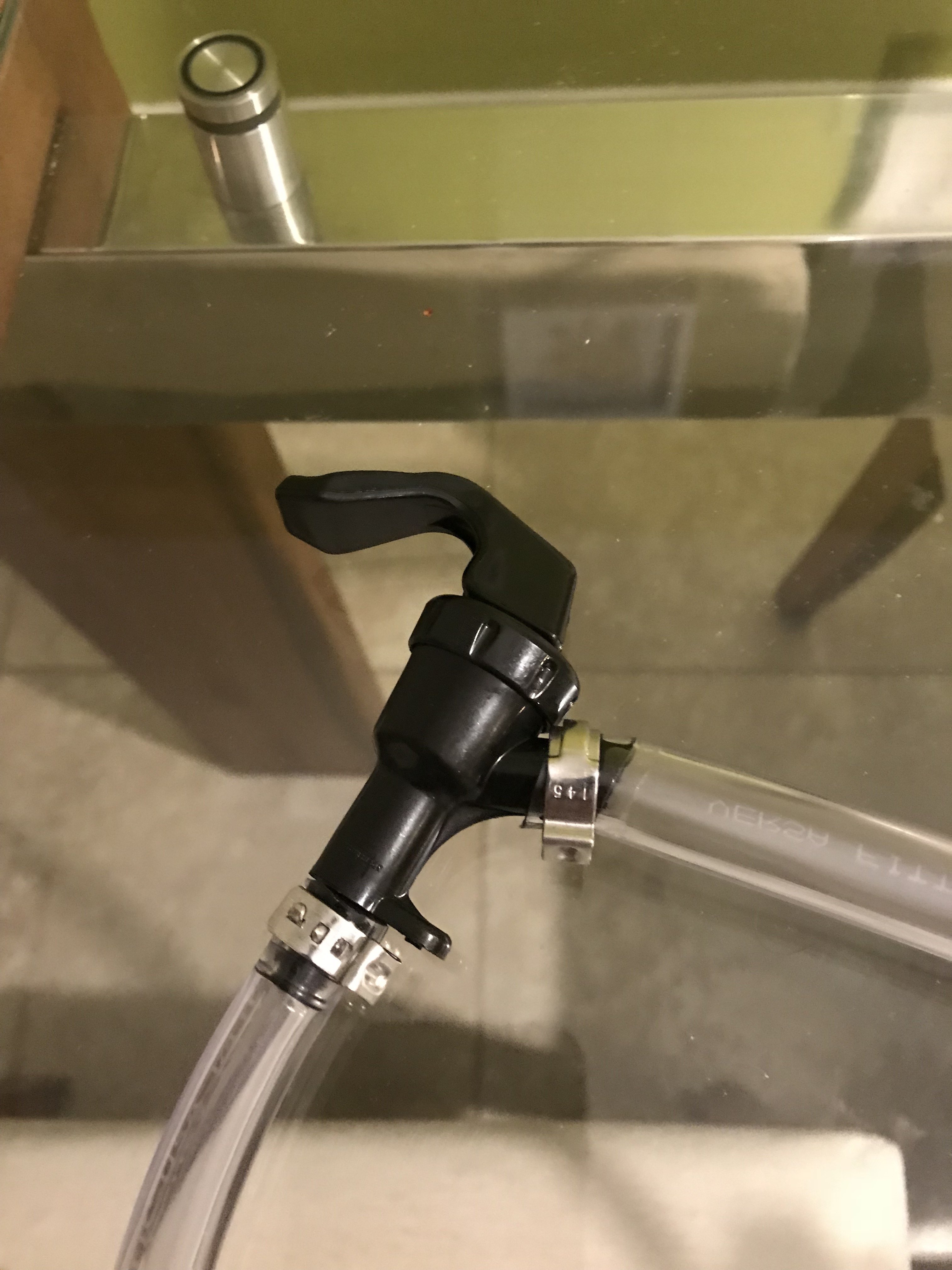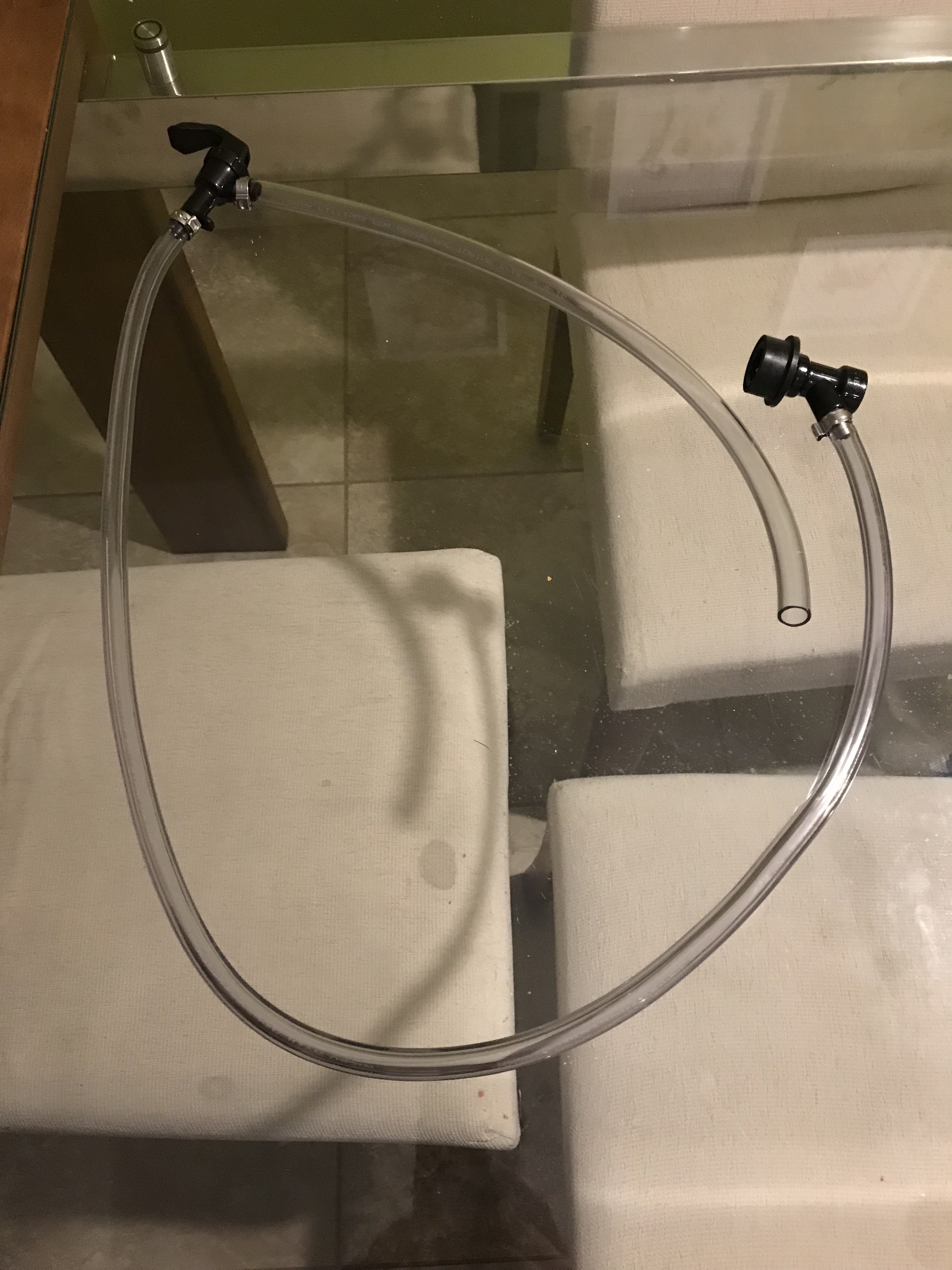Lbarouf
Well-Known Member
- Joined
- Nov 12, 2016
- Messages
- 389
- Reaction score
- 57
For what it's worth, I've done both without seeing any difference other than time. When doing multiple matches, it may be convenient to do everything the same day. Brewing, cooling, pitching, set and done. If I brew an evening a pak batch, I often leave it cooling overnight in the basement with the red plug in the lid. The brief moment that I open the lid the next day to pitch, has never caused a dimethyl sulfides related taste. Knock on wood perhaps.Wort chilling never produced better beers nor adverse effects for me. I used for convenience if I knew I would be away for instance, and won't be able to pitch in a short time. I always pitch within 24 hours.
I'd like to hear anyone else chime in as well, I'd love to hear any science behind it.
As for the pic, it's not in action. About 3 ft tubing, one end has a ball lock connector, the other end a picnic tap with a tube at the spout to reach the bottom of any bottle I would use (I sometimes bring a 1gal growler).



I'd like to hear anyone else chime in as well, I'd love to hear any science behind it.
As for the pic, it's not in action. About 3 ft tubing, one end has a ball lock connector, the other end a picnic tap with a tube at the spout to reach the bottom of any bottle I would use (I sometimes bring a 1gal growler).





